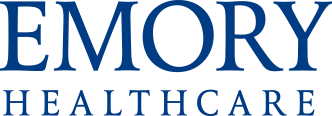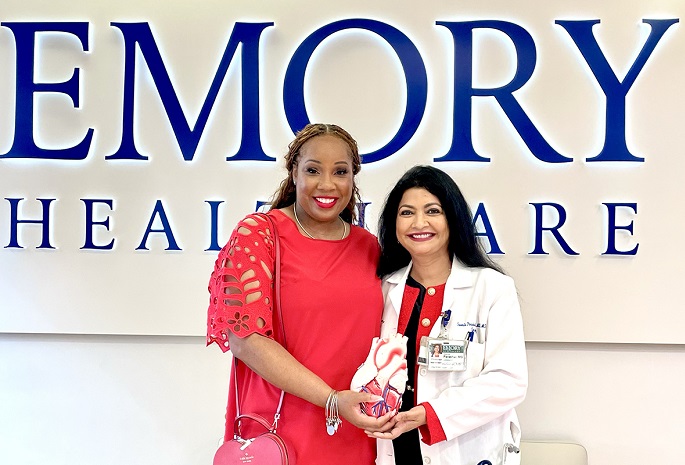According to a poll conducted in part by the American College of Emergency Physicians, nearly a third of American adults (29%) say that they have delayed or avoided medical care because they are concerned about contracting COVID-19. Waiting to see a doctor in a medical emergency could be life-threatening, and while it’s important to follow social distancing guidelines, it’s critical to know when to go to the emergency department.
Heart attacks and strokes still happen, even during a global pandemic. Health officials around the country are reporting a decline in individuals seeking care in emergency rooms (ER) despite the fact that heart attack and stroke rates are not declining.
A heart attack or stroke can happen at any time. And no matter when it occurs, calling 9-1-1 and going to the ER is still the best place to get lifesaving treatment.
Safe, Proven Treatment Available in Emergency Rooms
Emergency rooms are specially equipped with medication, professionals, diagnostic tests and therapies to treat serious conditions like heart attack and stroke quickly and reliably.
The clot-busting drug tPA has been proven to reduce the risk of disability from a stroke. However, individuals must receive this therapy within four and a half hours of experiencing symptoms.
Time is just as critical during a heart attack. The more quickly a blocked artery is reopened, the better chance individuals have for survival and reduced risk for heart damage.
Hospitals are prepared to deliver these therapies and procedures.
Despite this access to lifesaving care, many people may be hesitant to turn to the ER right now. Stories about overwhelmed hospitals dominate national news. And some individuals may be concerned about their risk of becoming exposed to the novel coronavirus, COVID-19.
Emergency medical providers are specially trained to handle both types of patients: Those in need of immediate care for serious conditions like heart attack and stroke; and suspected cases of COVID-19.




